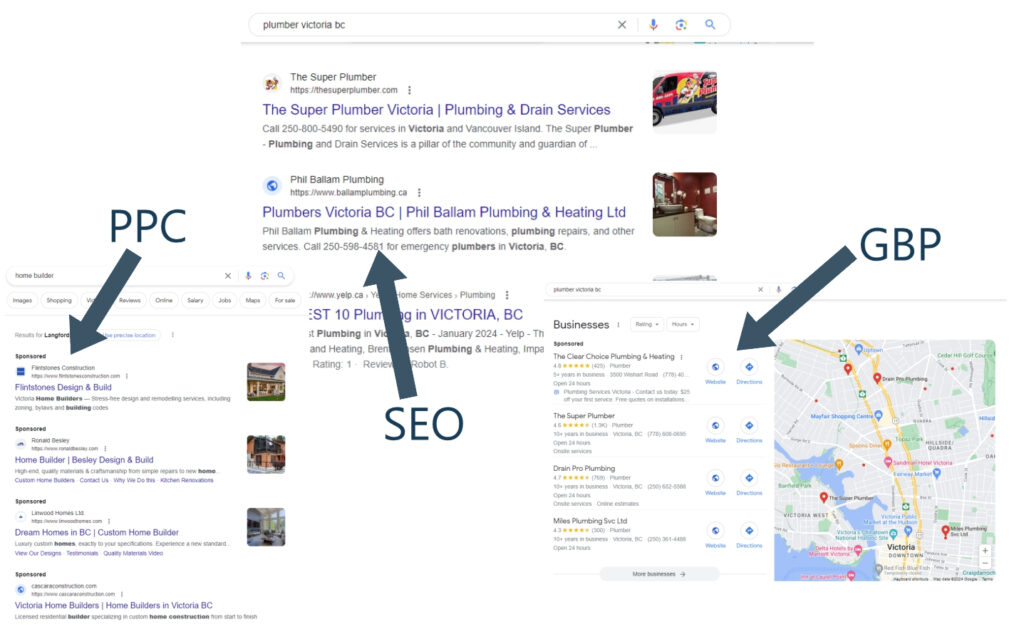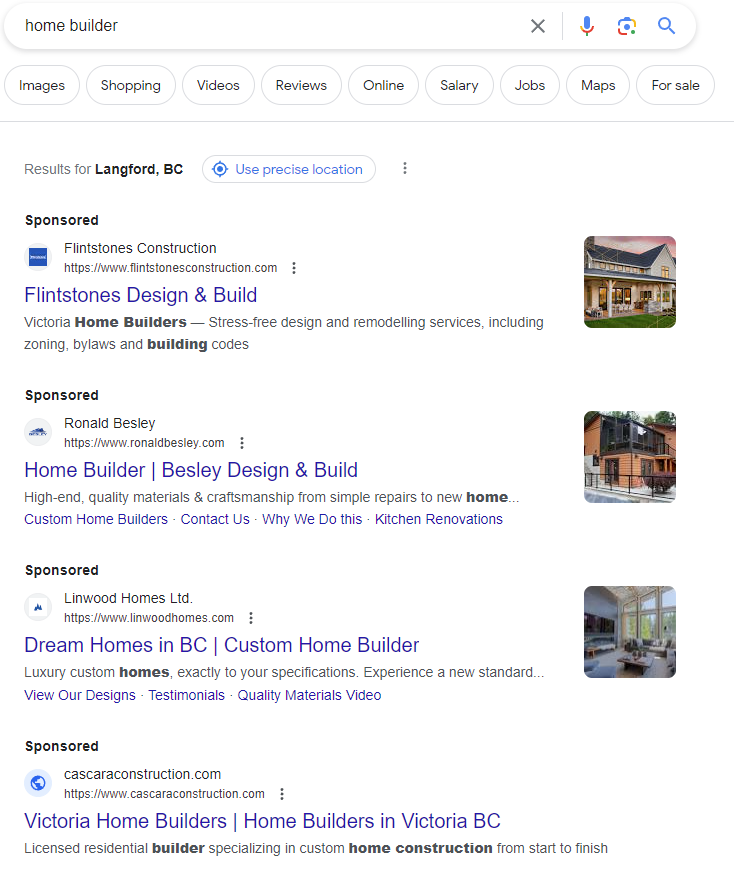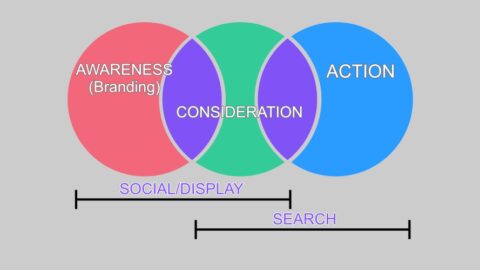Confused by the vast array of confusing abbreviations around Search Marketing?
Don’t feel bad – even people within the industry get confused!
Let’s look at the 3 main areas of Search Marketing and clear them up!

SEM – Search Engine Marketing
Although sometimes used to describe PPC (below), Search Engine Marketing is the overall practice of improving your results in Search Engines (primarily Google, with it’s 84% market share for search engine usage).
PPC – Pay Per Click
Technically, PPC refers to the entire universe of advertising that you pay for on a “per click” basis (paying a certain amount every time someone clicks on your ad). This includes sponsored Search ads, Social ads, Display (banner) ads, etc.
However, in practice, most of the time people refer to PPC, what they mean is the Sponsored Search Ads.
These ads typically appear at the top and bottom of a Search Engine Results Page (SERP) in Google, as well as sometimes right within the GBP “3 Pack.”
You are charged per click and appear on an auction basis based on how much you’re willing to pay for each click (*this is a bit of a simplified description).
Your ads CTR (click through rate) is also taken into account in your placement – this means that:
- The most relevant, most clicked ads appear higher on the page but cost less per click.
- Google makes more money because they are getting more clicks, even if you’re paying a bit less than your competitors.
This performance factor:
- Means you have to do a great job on your ads or you’ll pay through the nose for clicks.
- Opens the door for companies like ours to exist! Because we’re experts in driving down the cost per click, the management fees we charge are typically more than paid for in terms of better cost and performance of your ads.
SEO – Search Engine Optimization
SEO refers to the art of improving your website and online presence in order to appear higher in the text results that typically appear lower on the page.
Historically, these were the main results on the page but they’ve shifted in recent years to be of less importance, with ads typically appearing over top of them. This is particularly true for searches for local services (where the Google 3 Pack almost always appears above them).
Nonetheless, your SEO is critically important as it:
- Can help you rank highly for a wide range of relevant terms, including “lower intent” terms that you wouldn’t want to pay for in your ads.
- Boosts your overall prominence and also can help boost your Google 3 Pack position.
One critical thing before embarking on significant work is to be aware there are two levels of SEO:
- Optimizing your site and web presence for all the most important best practices so that you’re not losing traffic you’d otherwise be getting.
- Competitive SEO, where you need to analyze your competition and come up with a plan that will allow you to beat them. If your competition is too far advanced, it may actually NOT make sense to spend time or money on SEO (which is why it’s so important to know this before you start).
GBP – Google Business Profile
Google Business Profile is your main business profile in the Google Universe. It typically appears in a “3 pack” next to map listings or on it’s own if someone searches for your business by name.
When it appears in the 3 pack, searchers can click on it to see more information like hours, details, photos and more.
The biggest factor in your GBP showing up in search when someone does a relevant search is how close the searcher is to your business location. This creates a fairly level playing field where even small businesses can outrank larger businesses that are not close by.
Looking at it from the ratio of effort to reward, Google Business Profile is the fastest way to make a big difference to your prominence in search. It’s super simple to set up so you should definitely get on it!
Google Business Profile also wins the award for the most confusing name as it’s formerly been known as:
- Google Local Business Center
- Google Places
- Google+ Local
- Google My Business












